
وبلاگ سپهران | Attractions | Baghdad Attractions: A Journey Through History and Culture
Baghdad Attractions: A Journey Through History and Culture, offering visitors a captivating blend of ancient heritage, vibrant traditions, and modern city life.
In the heart of Iraq, along the banks of the Tigris River (Dijlah), lies a city that still pulses with life after centuries. Baghdad, the capital of the Abbasid era and the birthplace of one of the greatest civilizations in history, is still recognized today as Iraq’s most important political center. Once the hub of knowledge, literature, and art in the Islamic world, it still retains traces of its past grandeur.
Few know that Baghdad’s tourist attractions narrate the city’s brilliant past and offer a unique journey through both history and the present. From the old alleyways that tell the story of Baghdad’s civilization to the modern buildings and bustling squares, the city embodies a rich blend of history and culture that captivates every traveler. In this article, we will explore the most famous attractions in Baghdad.
In this flysepehran blog article, you will get to know more about the attractions of Baghdad.
If you want to discover the true soul of Baghdad, your journey should begin on Mutanabbi Street. This historic street, which stretches from the Bab Al-Muazzam area to near the historic Qishla building, is known as a gathering place for artists and book lovers. Established during the Ottoman period and named in 1932 after the great poet Al-Mutanabbi, the street is renowned for offering a wide selection of rare, second-hand, and foreign books. Al-Muazzam is one of the Baghdad attractions.
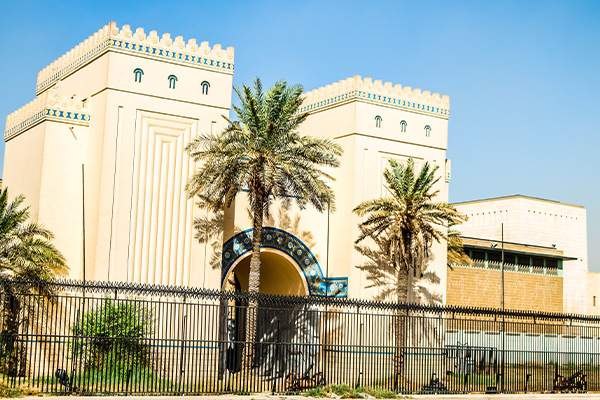
One of the most important museums in the Middle East is the Iraq Museum, located in the Alawi district of Baghdad. This museum is one of the Baghdad attractions. It hosts an extraordinary collection of artifacts from ancient civilizations of Iraq—from the Sumerians to the Abbasids. Active since 1923, visiting this museum is like embarking on a journey through over 6,000 years of human history.
In a densely populated and busy city like Baghdad, Baghdad Island is one of the most popular leisure destinations for families and young people. Located in the Adhamiyah district, northeast of the city and by the Tigris River, this island has been recognized as a major tourism project since the 1970s.
| Item | Description |
|---|---|
| Year Opened | 1979 AD |
| Location | Northeast Baghdad – Adhamiya |
| Suitable For | Families, young people, children |
| Visiting Hours | Daily from 9:00 AM to 9:00 PM |
| Entrance Ticket | Varies depending on peak and off-peak days |

The Al-Mustansiriya School is not only a historic site and one of Baghdad’s top attractions, but also a symbol of education in Islamic civilization. This historical building is located on the eastern bank of the Tigris in the Rusafa district and was founded in 1233 AD during the reign of Caliph Al-Mustansir Billah. Al-Mustansiriya School is one of the Baghdad attractions.
Unlike other schools of the time, which were limited to religious studies, Al-Mustansiriya was a place where Islamic law, medicine, astronomy, and mathematics were all taught in an integrated manner. This progressive vision made it a true university and an unprecedented model in the Islamic world.
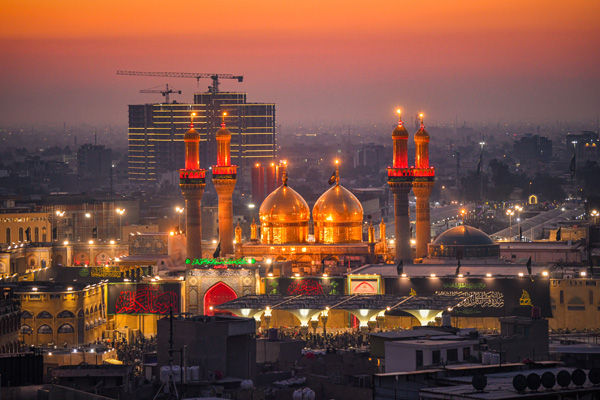
One of the most important pilgrimage sites for Shiites in Baghdad is the Shrine of Imam Musa al-Kazim, located in the Kadhimiya district. Every year, this sacred site welcomes millions of pilgrims from across Iraq and other countries, especially during the anniversary of the Imam’s martyrdom on the 25th of Rajab. In addition to Imam Musa al-Kazim, the shrine also houses the tomb of Muhammad al-Jawad. The spiritual atmosphere and architectural splendor of this site have made it one of the most prominent religious and cultural symbols of Baghdad.
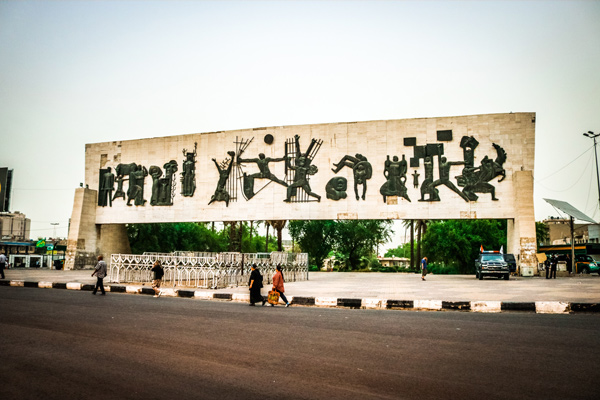
Tahrir Square is one of the main public squares in Baghdad and is considered a symbol of Iraq’s contemporary identity. This place is one of the Baghdad attractions. Located at the intersection of Al-Saadoun and Al-Jumhuriya Street in the city center, it hosts one of Iraq’s most iconic modern artworks, The Freedom Monument, designed by the renowned artist Jawad Saleem, with architecture executed by Rifat Chadirji.
| Item | Description |
|---|---|
| Year Built | 1961 AD |
| Length | 50 meters |
| Number of Figures | 14 symbolic scenes with 25 statues |
| Designer | Jawad Saleem |
| Location | Central Baghdad, near Al-Jumhuriya Bridge |
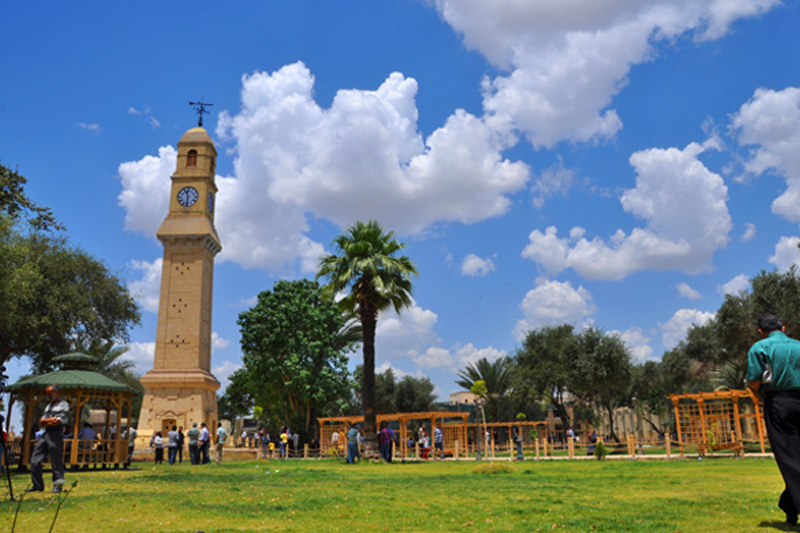
In the historic Rusafa district, just a short distance from the famous Mutanabbi Street, stands a magnificent structure that has emerged from the depths of history. This historical complex, over 150 years old, served as a military and administrative headquarters during the Ottoman era. The name Qishla derives from the Turkish word “Qishlaq”, meaning winter camp.
The most prominent feature of the complex is the Qishla Clock Tower, built in 1898 to honor Sultan Abdul Hamid II. This clock was one of four symbolic timepieces sent to major cities of the Ottoman Empire. Interestingly, the Qishla clock is still maintained manually and continues to function accurately.This place is one of the Baghdad attractions.
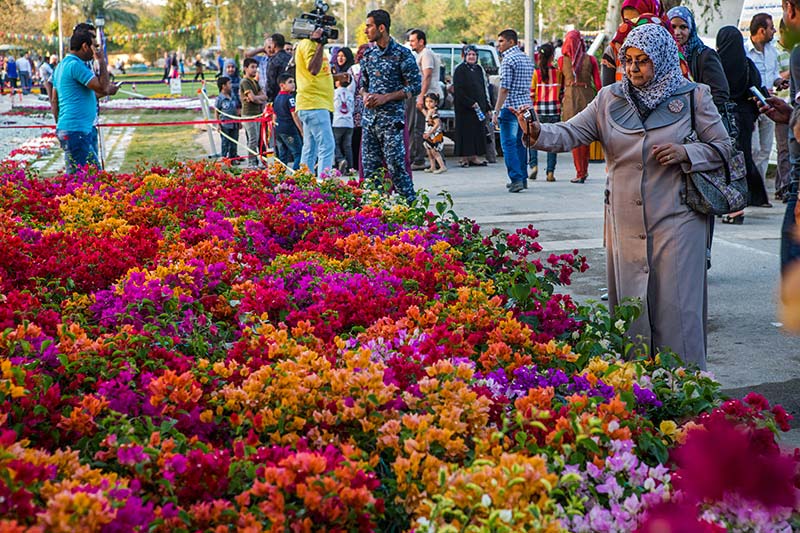
Al-Zawraa Park is a vast green space and one of the top recreational destinations in Baghdad. Located in the Karkh district, it holds the title of the largest public park in the capital and is one of the largest parks in Iraq. Built in the 1970s, the park has expanded over the years and now offers a complete range of recreational, educational, and cultural facilities.
Especially on weekends and holidays, Al-Zawraa is a favorite among families and one of the Baghdad Attractions. Its vast green areas, diverse zoo, exciting amusement park, biking paths, and cafés provide a delightful setting for spending an entire day.
The area around Baghdad offers a mix of historical landmarks, cultural sites, and natural spots, including ancient ruins, traditional markets, religious shrines, and riverside parks that reflect Iraq’s rich heritage and vibrant life. Baghdad Attractions are including:
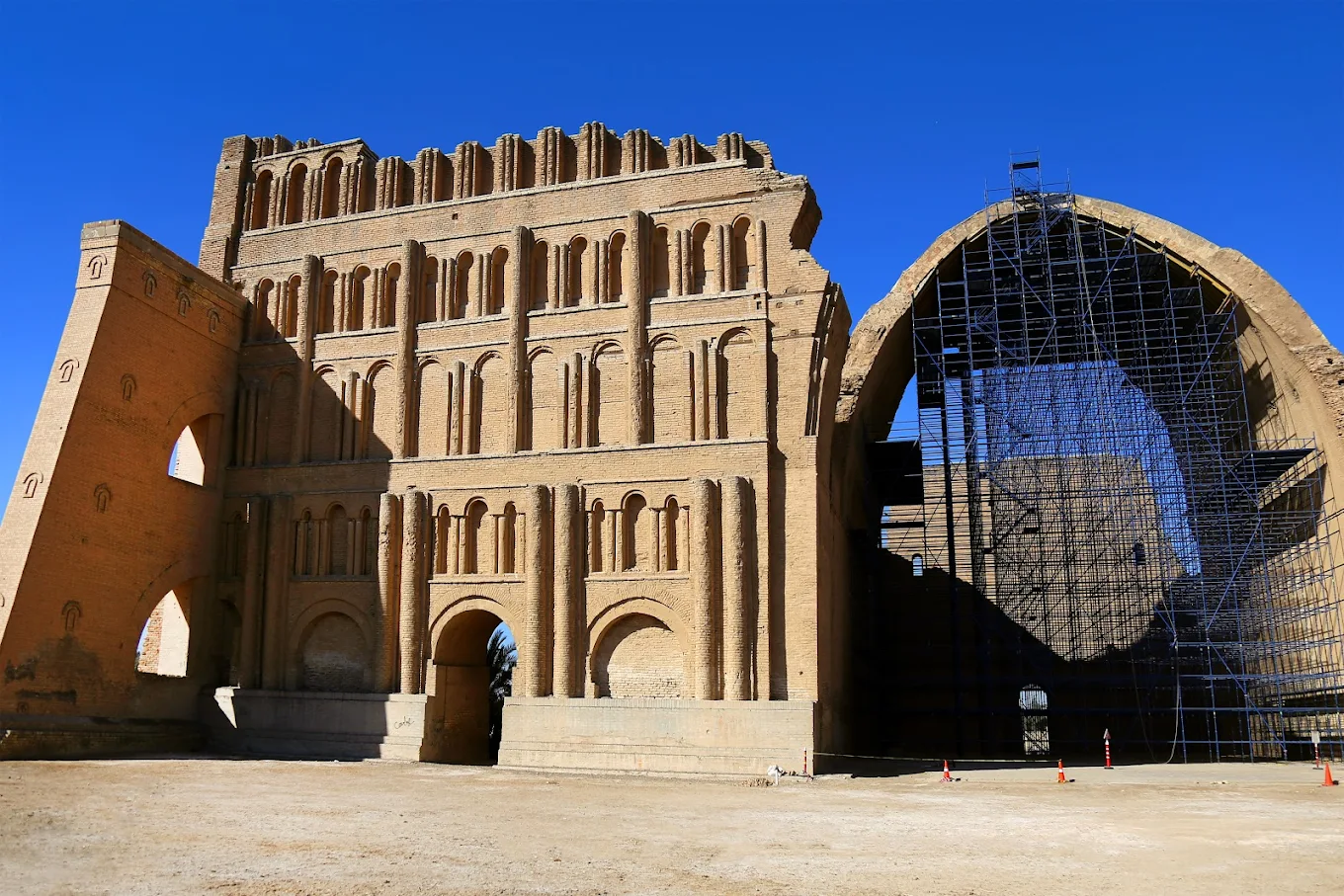
One of the Sassanid masterpieces, with over 1,400 years of history, the Taq Kasra or Iwan of Madain, is a prominent structure located about 40 kilometers south of Baghdad, near Salman Pak. This colossal building is considered the largest brick arch in the world and was built around 540 AD by order of Khosrow I (Anushirvan). It stands 30–37 meters high and features a columnless hall where the bricks were laid without supports.
After the Muslims conquered Madain in 637 AD, this site was turned into a mosque, and some traditions state that Imam Ali performed prayers there. In 1888, a flood destroyed part of the structure. Later, reconstruction projects began in cooperation with the University of Chicago, but the Gulf War in 1991 halted the work.
For many Iranian travelers, visiting Baghdad is no longer a challenge. With the launch of daily direct flights by flysepehran from Iran’s major cities, Tehran and Mashhad, reaching Iraq’s capital is now easier than ever.
📆 If you’re planning a trip to Baghdad, just visit Sepehran’s official website, book your ticket, and enjoy a safe, fast, and smooth journey.
Baghdad is not just Iraq’s capital—it’s a city full of life, history, and culture. From the grandeur of Abbasid civilization in Al-Mustansiriya School to the ancient treasures in the Iraq Museum… from the vibrant Mutanabbi Street to the lush Al-Zawraa Park and Baghdad Island… from national landmarks like Tahrir Square and Qishla Clock Tower to the spiritual atmosphere of the Shrine of Imam Kazim—every corner of this city tells a story and offers a one-of-a-kind experience for visitors.